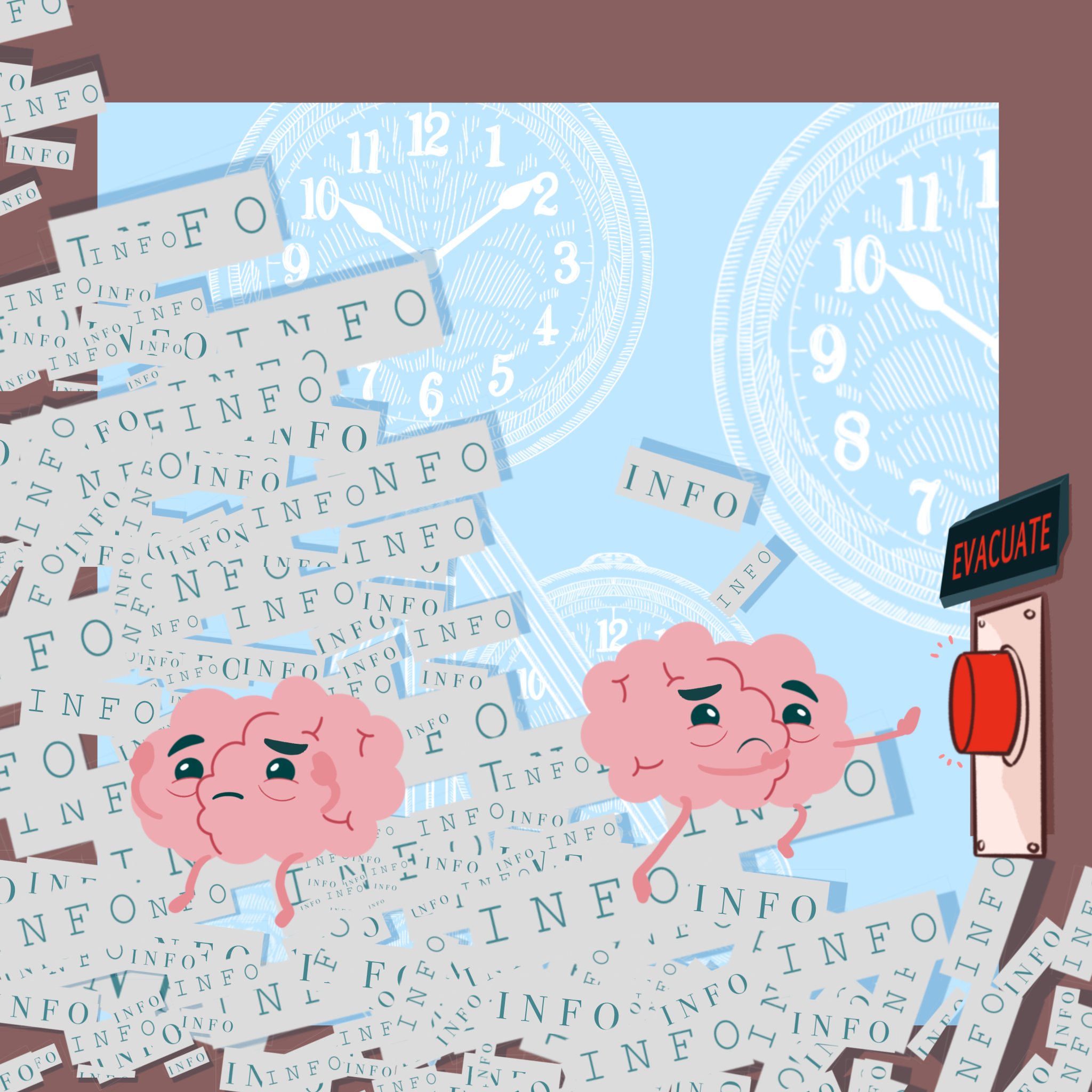29 Retrieval Activity 4
Activity #R4: More on Cramming and Retrieval
Yes, you heard me correctly! Cramming works. Most of the time we can study before a test (for several hours) and have some success the next day. It comes at a cost though: 1.) you may be tired the text day and require “catching up” with napping or avoiding choices like exercise or other time-consuming choices like cooking a meal vs. eating something quick. 2.) you likely put your body and mind through a bit of stress. We’ll talk about sleep and mental health benefits for learning more later.
When we cram, our minds make initial long-term memory for the learned information. Though, researchers have found that forgetting occurs quite quickly with cramming and in the long-run we are left remembering only a small amount of the information.

Think of it this way, here are several classes you take in high school and college that might be less interesting to you (imagine that subject now). Perhaps you cram because you lack the motivation to be more planful about your studying. You wait until the last minute (usually the night before) to study and find that this has worked, getting you the grades you want.
Overtime, this should be less acceptable. If you are studying a topic that continues to progress (like nursing, biology, engineering, math, psychology) most areas…you need to be able to retrieve information from previous courses to use in new ones. The brain dump that comes along with cramming is not worth your time and money!
 Activity #R4.1:
Activity #R4.1:
Describe a time when you crammed and it worked out, you got the desired outcome.
In this short instructional video, one of my own students talks about the trap of cramming and how to change behavior to a better way of studying: Solutions for students who cram.
Here in the video Emma talks about a better way to study called spaced retrieval. Sure, it sounds great and all to carve out time to study for about an hour a day for five days before a test instead of for five hours the night before, but for many people they cannot change their behavior easily.
Behavior change in Psychology requires a combination of external (like grades being a motivator, what your friends say and do) and internal (being personally interested in the topic, you want to learn) motivators.
 Activity #R4.2:
Activity #R4.2:
Thinking back to your response from prompt 1. What was the desired outcome of the cramming? Do you consider it to be an external motivator (a motivator that comes from the outside: grade, reward, others seeing you do good) or is it an internal motivator (one that only fulfills your inner desire to learn or do something well – no reward or benefit)?
Our school systems, sometimes without intention, sets students up to be more grade or externally motivated. One explanation for this is the emphasis on state-wide test taking for educational gains. Benefits may be for a school to look good or to obtain more resources, without being the best indicator of student learning. For behavior to change it is often necessary to have a combination of inside and outside forces of motivation. You can consider motivations you may have had to eat a healthy diet.
Chances are if you’ve attempted to adopt better eating habits you would need to have more than one motivator to keep you going. The same is true for learning.
In the next activity we’ll talk about building your motivation to start a studying routine that ditches cramming using small, external rewards.
